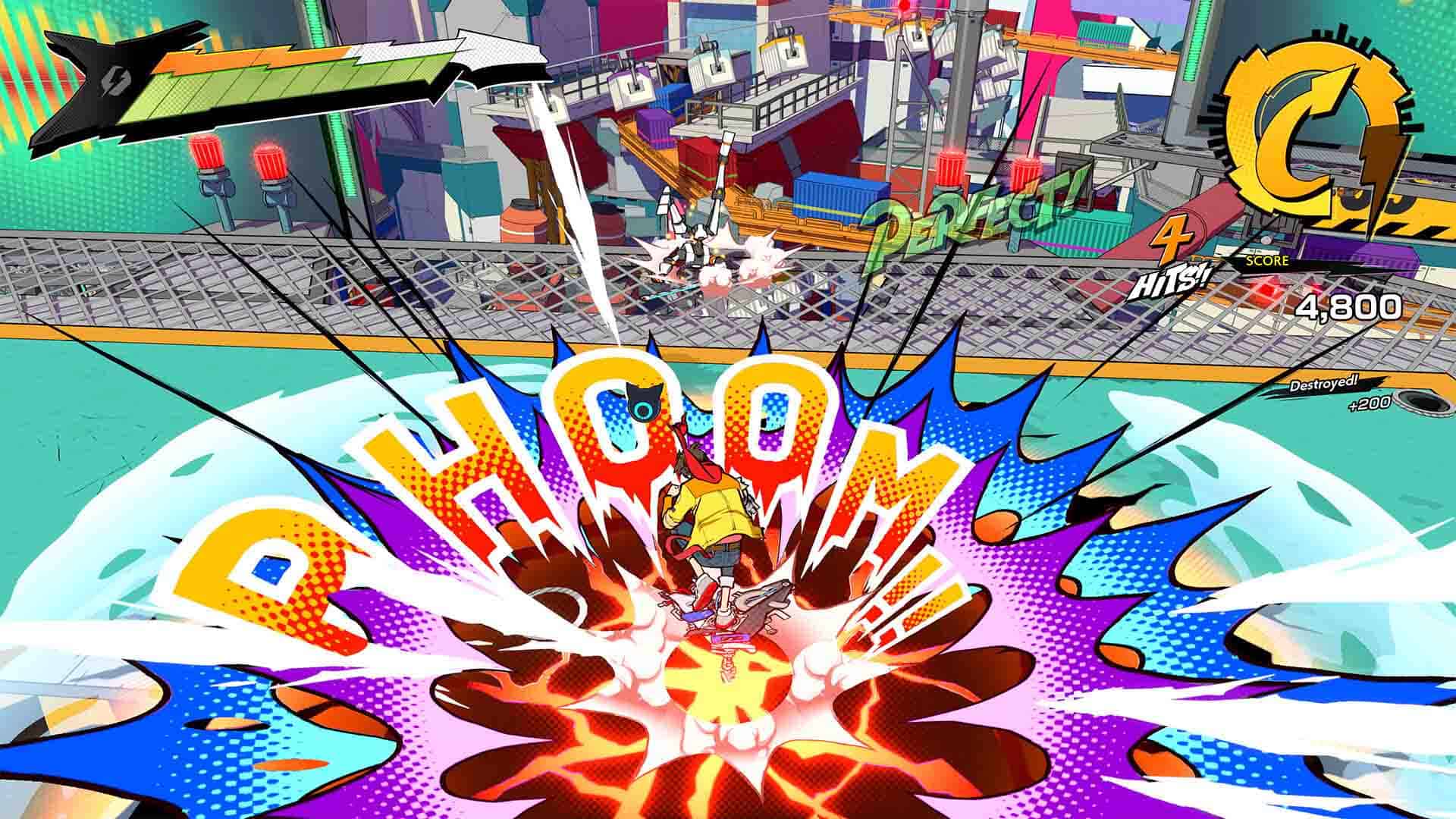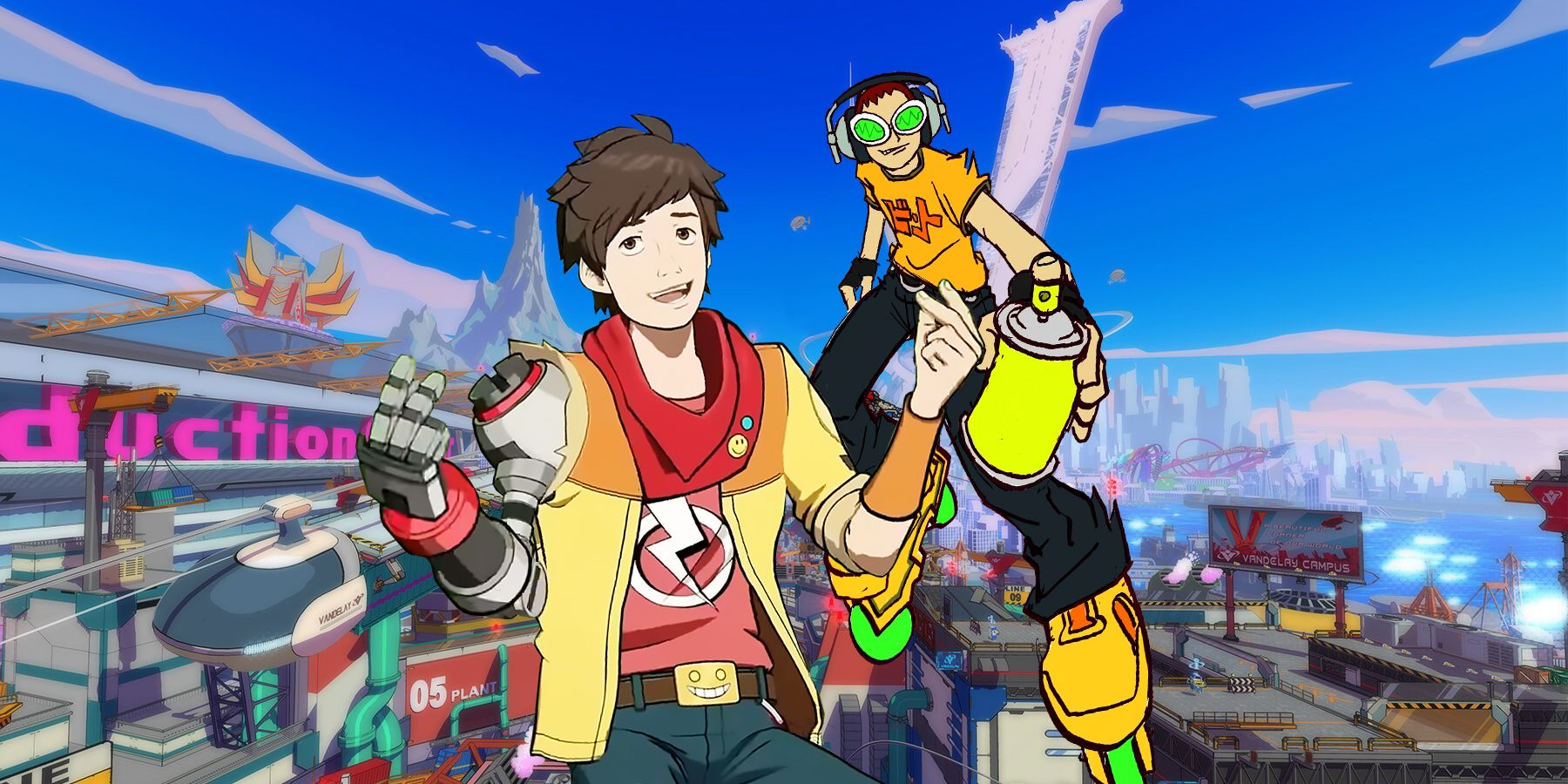

All of the surrounding aspects of gameplay lean into the same gimmick – puzzles, platforming, the whole nine yards. The unique twist, however, is that doing so on the beat with the game's songs nets you better scores and more effective attacks.įighting in time to the rhythm, landing heavy hits with the snare of a drum, and seeing your flashy animations perfectly timed to any number of Hi-Fi Rush's songs feels as good as it looks there's a literal weight as you slam buttons in time. You know the drill if you've played Bayonetta or Devil May Cry. On its surface, the game plays like any number of stylish action games: you hack, slash, and build combos and high scores. It was always fun seeing how the game integrated Chai's love of music into the world, even in small touches, such as how a swing of your weapon belts guitar squeals in the same key as any level's soundtrack.Ĭombat is where Hi-Fi Rush's rhythm backbone really comes into play. Everything in Hi-Fi Rush moves to the beat of the game's soundtrack – Chai's run animation, the rotation of industrial gears, cutscenes, all of it to the game's internal metronome. The bright cel-shaded world is constantly in motion, even when you're standing still. Maybe something to keep in mind.Īll of this plays out across Vandelay's massive corporate campus.

Tango Gameworks is owned by mega-publisher Bethesda Softworks. But levels that poke fun at the lopsided budgets between marketing and development teams and tyrannical managers who seize control over a product against quality or worker safety certainly get their points across. It's not the most radical corporate protest in the world. By the end, Chai and his merry band work together in harmony, and the story and gameplay match this in satisfying ways.Īt the heart of Hi-Fi Rush is a story about the ills of big tech – and, more specifically, the game industry. In fact, I was surprised that the story was my favorite part of the game, and I genuinely enjoyed every character and how they integrated into the wider group. Hi-Fi Rush is a surprisingly well-written game that manages to be intentionally corny and, more often than not, pulls it off in a non-grating way. The two team up, bringing various people disgruntled with the tech behemoth aboard to form a ragtag group of misfits hellbent on ending Vandelay's monopoly.Įach core cast member is charming and funny in their own right, and I consistently enjoyed the banter, arguing, and various dynamics. While doing so, he meets Peppermint, who's working to take down Vandelay. Ideally, this would have replaced Chai's disabled arm, but he has to fight his way out of the facility when he's labeled a defect. To achieve this dream, he signs up for Project Armstrong, a program run by the megalithic tech organization Vandelay Technologies. Main character Chai has big dreams of being a rockstar. That its gameplay and combat are a unique melding of rhythm and stylish action games is merely the cherry on top. For its 10 or 11-hour runtime, it has more in common with a Saturday morning cartoon than a thin attempt at gritty, prestige television, like most triple-A games these days, and that's easily its biggest strength. Hi-Fi Rush occupies an increasingly rare space in the big-budget video game industry: that of colorful, goofy, and light-hearted titles.


 0 kommentar(er)
0 kommentar(er)
